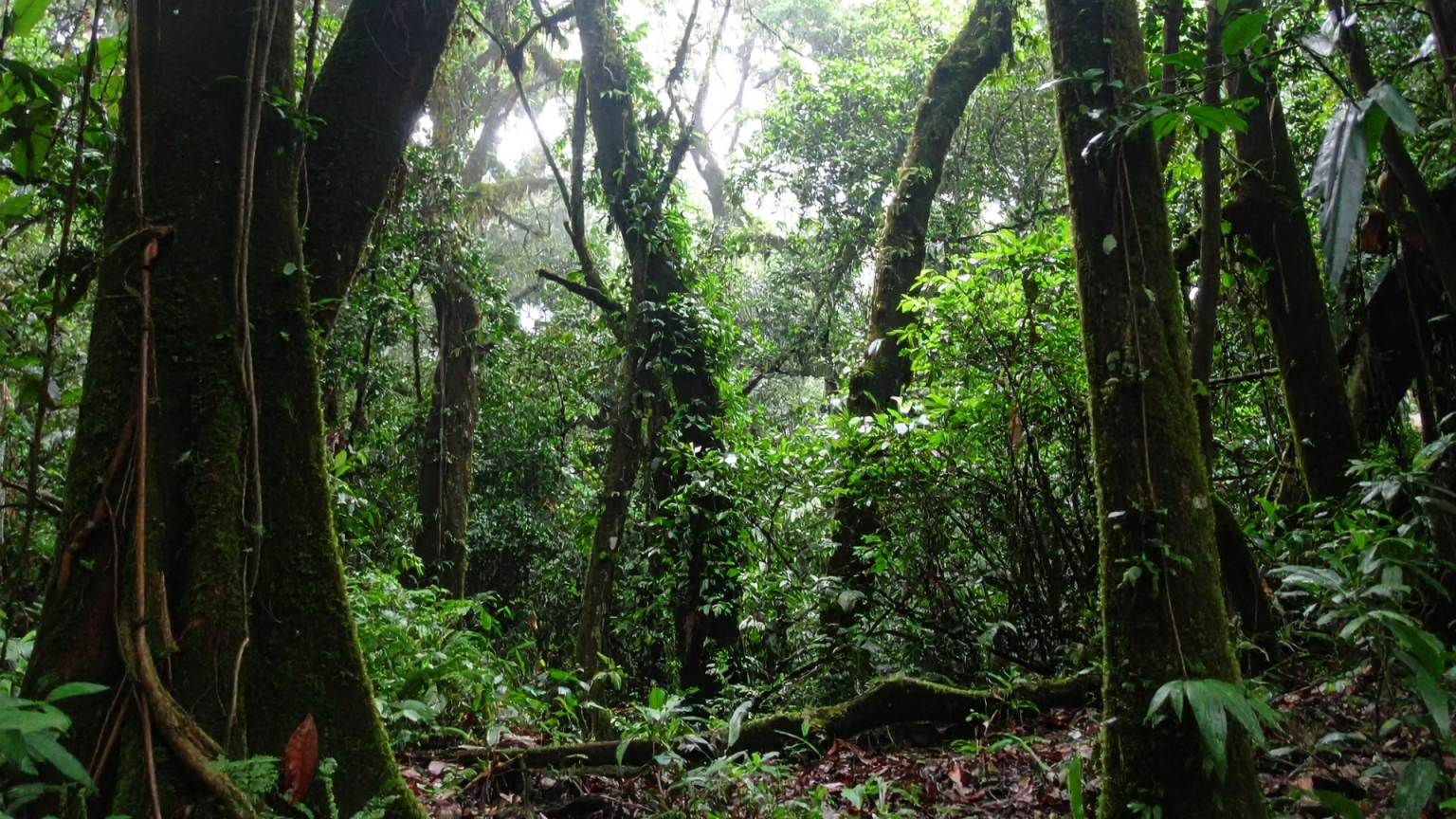Where Harmony Begins
In a living forest, every tree interacts with the world around it. Roots thread through soil, water travels in quiet channels, and the canopy learns to share light. Community-led change often follows a similar pattern. It survives when people, purpose, and process move in harmony, like a river feeding a grove through long seasons.
On World Tree Day, we remember that leadership resembles stewardship. A seed becomes a sapling through patient care. A sapling becomes a shelter through steady attention. BLESS Indonesia stands in this lineage of care, where connection with people and nature shapes the way we lead. Harmony strengthens ambition with clarity and courage, allowing progress to unfold with continuity. The central question remains simple and demanding. How do we cultivate the kind of harmony that helps change take root and thrive?
Why Harmony Slips and Why It Matters
Many initiatives begin with a strong momentum, yet they often need steadier attention and clearer handovers to continue well. The calendar fills, metrics sprint, and yet outcomes drift. People feel the strain of constant beginnings. Teams encounter repeated pilots, each bringing potential and requiring renewed commitment. Over time, enthusiasm shifts into a sense of heaviness.
In Indonesia and across the region, leaders tell a similar story. Complex work lives inside ecosystems that stretch beyond formal departments. Climate resilience, inclusive livelihoods, and community health all depend on collaboration that moves across villages, ministries, and markets. Meanwhile, a stronger connection gives this work greater resilience. Because when the connection loosens, information turns into silos, feedback loses its way, and trust grows shallow.
BLESS Indonesia approaches this reality through kebersamaan and gotong royong (collective effort with shared dignity). Harmony matters because it aligns clarity with care. It enables steady progress in contexts where change requires patience, reciprocity, and locally guided wisdom. From that ground, sustainable change becomes possible.
Yet when we look closely, the challenge is relational. Initiatives falter not because people lack ideas, but because the connections that should nourish them become thin or fragmented. Harmony is an operational condition. It shapes how decisions are made, how partners coordinate, and how communities stay engaged across long timelines.
This is where leadership becomes stewardship. When leaders cultivate harmony with clarity and care, complex work becomes lighter and collaboration becomes a source of strength. From this need, BLESS has listed a practical, nature-rooted framework to guide leaders in sustaining change across seasons.
A Framework for Harmony-Centered Leadership
BLESS works with a clear belief: leadership grows stronger when connection, clarity, and care move together. Just as a healthy watershed sustains life far beyond its source, harmony-centered leadership helps ideas and relationships flow across teams, partners, and communities.
This approach is grounded in emotional intelligence and resilient presence. Guided by Goleman’s emotional intelligence and the CORE resilience framework, we center four essentials: connection, optimism, regulation, and energy. These capacities help leaders hold complexity with steadiness and shape environments where clarity, care, and collaboration can thrive. From this grounding, the seven principles below offer a way for harmony to be practiced through daily leadership.
Below are seven principles that make this practice attainable:
1) Rooted Purpose, Shared Language
Sustainable change requires deep roots. Clear purpose and shared vocabulary keep teams aligned even during pressure or transition. Values like rukun and Bhinneka reflect a unity that welcomes difference. When meaning and direction are articulated in collective language, decisions stay coherent, and teams move with greater confidence.
2) Distributed Canopy, Collective Intelligence
A thriving forest canopy distributes access to light so many forms of life can grow. Similarly, leadership must distribute voice and responsibility. Research highlighted by the World Economic Forum shows that collective intelligence outperforms individual decision-making in most complex scenarios, reaching up to 87 percent in some studies. In practice, this means inviting diverse perspectives early and giving people real roles in both design and delivery. Many crowns, one forest.
3) Rhythms and Rituals that Hold the Grove
Without rhythm, work drifts. Teams need predictable cycles that maintain direction and prevent information loss, weekly learning huddles, monthly cross-site reviews, and seasonal forums with community partners. These rhythms serve as anchors. They reduce the energy spent on coordination and create shared habits that make progress easier to maintain.
4) Rings of Measure, Stories of Place
Like the rings inside a tree trunk, organizations need ways to read their own seasons. Track stewardship-based indicators that reflect care for people and planet, such as youth participation, women’s agency in decision-making, soil health, livelihood diversification, or community-led monitoring. Pair these numbers with brief field stories. Data provides the map, stories reveal the terrain.
5) Learning Roots, Safe-to-Adapt Culture
Healthy roots adjust to shifting soil and unpredictable rain. Teams also need the freedom to adapt without fear. Build short learning loops. A clear hypothesis, a small experiment, feedback that returns quickly. Encourage honesty delivered with respect. Psychological safety allows risks to surface early and enables adaptation that protects momentum.
6) Mycorrhizae of Partnership, Beyond Project Boundaries
Beneath the forest floor, mycorrhizal networks connect trees, sharing nutrients and strengthening resilience. Leadership can replicate this through partnerships that extend beyond project boundaries. Map the ecosystem. Build bridges across government, private sector, local communities, youth groups, and faith-based organizations. Long-term relationships often become the quiet infrastructure that allows change to last.
7) Compassionate Accountability
Harmony needs structure. Clear roles, decision rights, and escalation pathways help teams move with calm and confidence. Feedback should be direct yet respectful. Behavior, impact, next step. Accountability grounded in compassion protects dignity while ensuring the work stays on course. Trust grows when practice consistently matches promise.
Across these practices, the center remains a human connection. Progress flows when people feel seen and when the land receives care. Harmony gives leaders the steadiness to hold complexity and the courage to continue through many seasons.
Planting What Endures
The forest teaches steady patience and a spirit of reciprocity. Roots hold the soil during heavy rain. Canopies share light so young growth can rise. Leadership that sustains change grows from the same wisdom. It honors people and places. It listens to elders and youth. It remembers that every lasting result begins with a seed and a daily habit of tending.
BLESS Indonesia carries this posture into each partnership. We choose practices that keep connection alive, purpose clear, and learning continuous, so communities can thrive through many cycles.
Before starting the next initiative, pause with your team. Walk the site, speak with neighbors, touch the soil, and learn what the place is asking you to understand. Then choose rhythms that protect trust and help courage grow.
What do we need to tend more deeply so that harmony in our work can stay alive?




